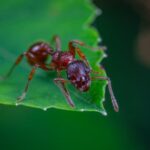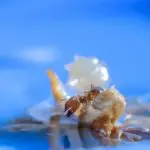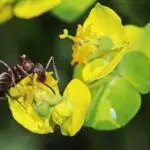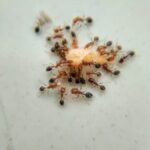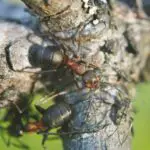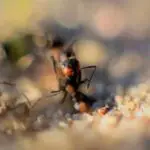How Far Can Ants Smell Food?
Using a pheromone trail, ants can trace food to their source from several meters away. Ants also use antennae to pick up scents. The antennae are highly sensitive to odors, which is why ants have an incredible sense of smell.
A new study, conducted by researchers at Vanderbilt University, has provided a detailed map of ants’ olfactory system. The study showed that ants have four to five times more odor receptors than most insects, including fruit flies and honeybees.
Scientists have been able to identify 400 distinct odorant receptors in ants. These receptors are responsible for ants’ ability to detect predator attacks, remember routes, and detect caste members.
The olfactory system also plays a role in ants’ social interaction. The olfactory system is a combination of specialized cells and antennae. These cells produce odor-binding proteins that capture pheromone trails, pass them on to nerve endings, and trigger reactions.
The ant’s olfactory system is also responsible for its ability to detect a variety of different scents. In fact, ants can smell the difference between a stale cigarette and a business card.
The ant’s olfactory receptors are a necessity for ants’ survival. They allow ants to identify caste members, recognize predator attacks, and navigate their way to food sources. In addition, they provide ants with a sense of taste.
The ants’ ability to recognize different odors is also one of the best known ant behaviors. In fact, ants use a complex chemical sensing system to forge towards sugary food.



